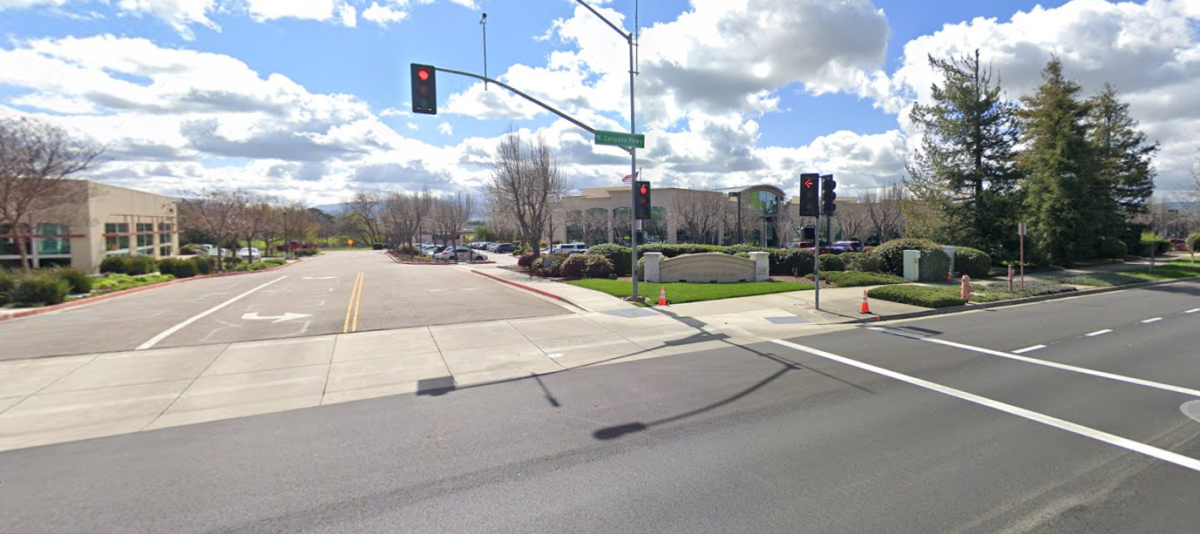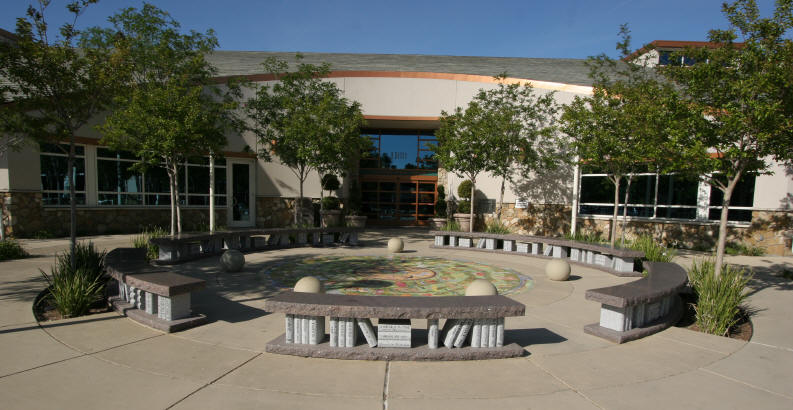Recently, a chicken egg from approximately 1,700 years ago was scanned and discovered to have its yolk and egg whites still intact. The egg was discovered in Aylesbury, England, and is believed to have been laid during the point in time when parts of Britain were part of the Roman Empire between 43 and 410 A.D. Sometime after its discovery, archaeological conservator Dana Goodburn-Brown took the ancient egg to the University of Kent. At the University of Kent, the egg underwent a micro-CT scan which uses X-rays to provide an image of the inside of an object. The scan showed researchers that the egg still contained yolk and egg white after an estimated 1,700 years.
During the journey of this rare egg, it found its way to the Natural History Museum in London. At the Natural History Museum, experts on the subject were asked how the egg could be kept intact while extracting the insides of the millennia-old egg. The egg has made its way home now and is currently resting in Discover Bucks Museum in Aylesbury. The egg is being housed there until researchers can find a way to preserve the egg while taking the insides of it out.
The egg was first discovered at a dig site between 2006 and 2016 conducted by Oxford Archaeology. The dig started at a housing development location named Berryfields in Aylesbury. The dig site was near the location of a Roman town. The town was on the side of a Roman road called Akeman Street believed to have been constructed in the 2nd Century C.E.
At the dig site, a pit located near Akeman Street contained the most important findings of the dig site. Archaeologists believe that the pit was used to malt grain and brew ale until in the 3rd century AD it was used by Roman people as a place to give offerings to their gods and to drop items for good luck, similar to throwing coins into a fountain in the modern day.
The pit was partially filled with water due to a nearby water table that had flowed into the pit. Inside the pit were four chicken eggs, a wooden basket, leather shoes, wooden vessels, and wooden tools. Typically, the organic objects discovered in the pit would not have survived as long as they did because of oxygen exposure rotting them away, but due to the water inside the pit, the artifacts were protected from oxygen and preserved. Three of the four chicken eggs were fully intact when found by archaeologists. Only one of the eggs was extracted from the pit intact, despite the extraction process being attempted as cautiously as possible. The eggs that were not successfully recovered during their extraction released a “sulfurous aroma” according to the field team at the Berryfields dig site.
This was a great achievement for British archaeologists as it was the first intact Roman egg found in Britain. Only one other Roman egg has been found which was located in the Vatican in the hand of a deceased baby and had no liquid inside it, unlike the egg from Berryfields. Despite the dig ending in 2016, its discoveries were not revealed until 2019 due to Oxford Archaeology reviewing the findings.





























